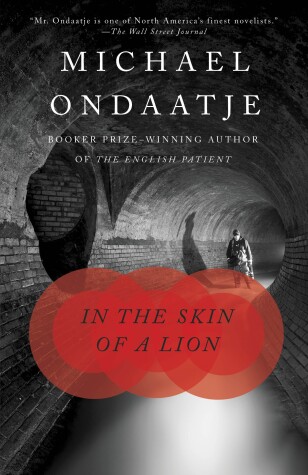
gmcgregor
Written on Jun 9, 2017
Patrick's adult life is presented to us as the story of his relationships with two women, both actresses: Clara, who he meets when he takes a job looking for her vanished boyfriend, and Alice, a friend of Clara's who he reconnects with after Clara has herself disappeared and after Alice has had a daughter, Hana. There are stories between and around those relationships, and stories about other characters who are more tangential to the plot, all loosely connected through Patrick.
I'm a reader who tends to be drawn to character-driven stories, which means this book was sometimes a struggle for me. The sheer beauty of the writing helped me get at least something out of it, but the characters were profoundly underdeveloped. Patrick is the central character, and although he's written as being pretty emotionally closed-off, it's frustrating how opaque he is. The other characters are barely people at all...the women especially seem much more like plot devices than actual humans, but the men aren't much better off. For plot devotees, there's not much here either...what I was left with by the end of the book was less the sense of a story than a series of beautiful, haunting images. Like a Malick film.
This was a book club selection for me, and talking about it with other people gave me a new frame of reference for it. There are two epigraphs introducing the book, and the one that I'll focus on is from The Epic of Gilgamesh. When you think about this novel as consciously echoing the style of an epic, some of its shortcomings make more sense: the clunky dialogue, the characters that feel more like archetypes than people, the sense of mystery that hangs over the entire thing. It still wasn't a book for me, but looking at it through that lens made me feel like its flaws were less egregious. If beautiful, almost poetic prose is something you're drawn to, this will be an amazing read for you. If you like a bit more traditional story structure with strongly drawn characters...it won't.

